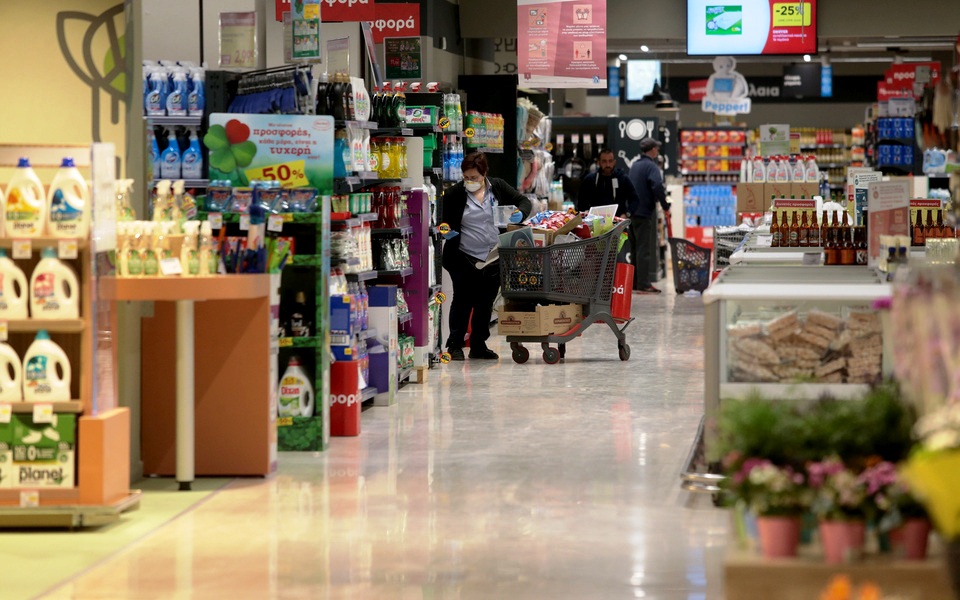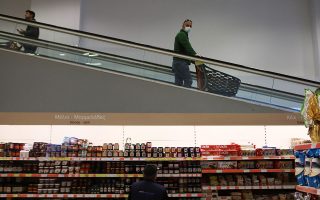Signs show more pressure ahead from inflation
Largest increase recorded both annually and monthly in gas prices; more pressures expected

Inflation has climbed to even higher levels than the most pessimistic forecasts made in January 2021, as it has now broken the barrier of 6% and reached 6.2%, the highest peak since Greece joined the eurozone.
Tellingly, rising prices are no longer limited to energy and fuel, but now apply to the most basic household goods and services, from pasta and potatoes to clothes and gasoline.
What’s more, the fact that energy and fuel prices are showing no signs of easing, as well as that industries which had previously shouldered increased production costs added them to the final prices of goods in January, are harbingers of more inflationary pressures yet to come in February.
Indicatively, the largest increase, both on an annual and monthly basis, was recorded in the price of natural gas.
It rose a staggering 154.8% in January compared to January in 2021, and by 14.2% within just one month, compared to December 2021.
The second largest rise on an annual basis was recorded in the price of electricity, to the tune of 56.7%.
These increases were reported after the deductions given to households on electricity (from October 2021) and gas (from November 2021). In other words, the increase in the consumer price index would have been even greater otherwise.
Even driving a car has also become an expensive option, given that fuel prices have risen by 21.6%.
The soaring prices of basic foodstuffs have affected everyone, but especially the most economically vulnerable, as their share of monthly food expenditure is much higher compared to middle and higher income households.
While the average household spends around 20% of their monthly expenditure on food purchases, the corresponding percentage for the poorest households is 32.6%.
The most significant price hikes concern vegetables (14.4%), fruit (8.4%), olive oil (15.4%) and fish (5.9%).
Prices for potatoes, pasta, bread and poultry have also soared by 12.3%, 7.1%, 5% and 4.7% respectively.
The comparative data for food expenditure relies on figures from 2019 instead of 2020 when, due to the lockdown restrictions, expenditure on foodstuffs increased while decreasing significantly for all other activities.





